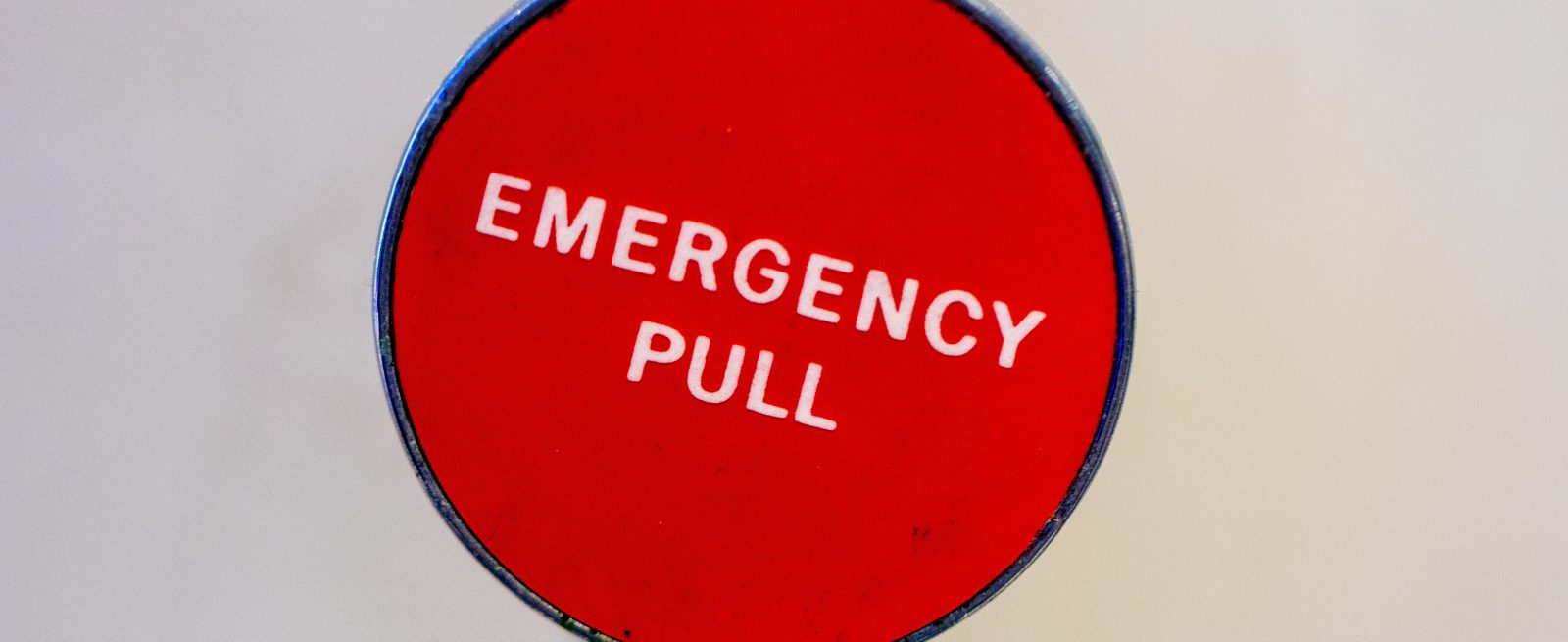A Five-Ingredient Recipe for Restaurant Crisis Management
3 Min Read By Catriona Harris
From a foodborne illness to a kitchen fire, a restaurant crisis can happen instantly. In the restaurant industry, it is often a matter of “when” not “if” a crisis will occur. Add to that the impact of social media, which can spread news of a crisis far and wide in a blink of an eye, and you have a situation that requires restaurants to communicate quickly and effectively to manage a crisis. While time is of the essence, one misstep in that communication can have unintended, far-reaching consequences. Even large national companies have not been immune to making some crisis management miscues that can damage a brand.
One of the ways you can avoid communication missteps is to develop a thorough and actionable crisis management plan for your restaurant. Here are five key steps to a recipe for preparation that can help you better manage any crisis:
Step 1 – Get Your Crisis Team Together and Designate Spokespersons
National chains have corporate teams and processes that handle…
Sorry, You've Reached Your Article Limit.
Register for free with our site to get unlimited articles.
Already registered? Sign in!


